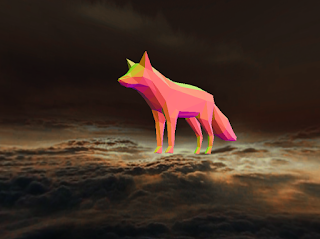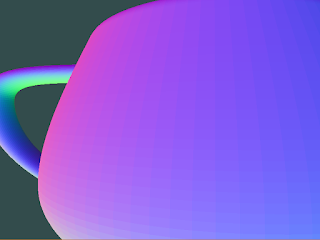Skybox

Altough this is not needed for the project, I decided to implement a skybox for the background. In the end, it wasn't that complicated. However, many tutorials online don't tell you all the details needed for implementing it. So I took out pieces of information from different tutorials and used a bit of trial and error. One thing that was confusing is that some sites refer to the model matrix as the "world matrix", but once I learned that these are the same it became much simpler. I also found some good free cubemaps online, but these are in the form of tga-files, and my texture loader only acceps png-files. I suppose that is something to consider for potential future work. Fox object with a cloudy skybox
